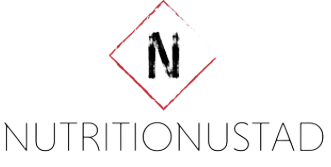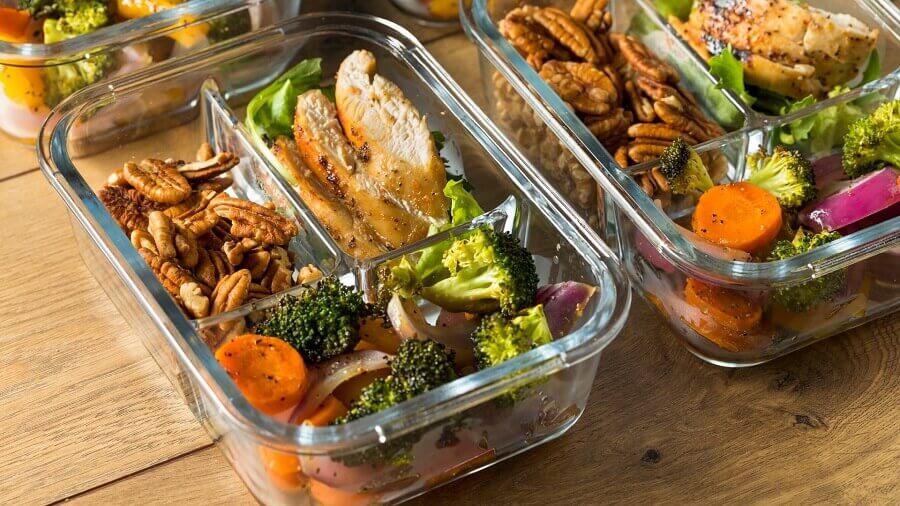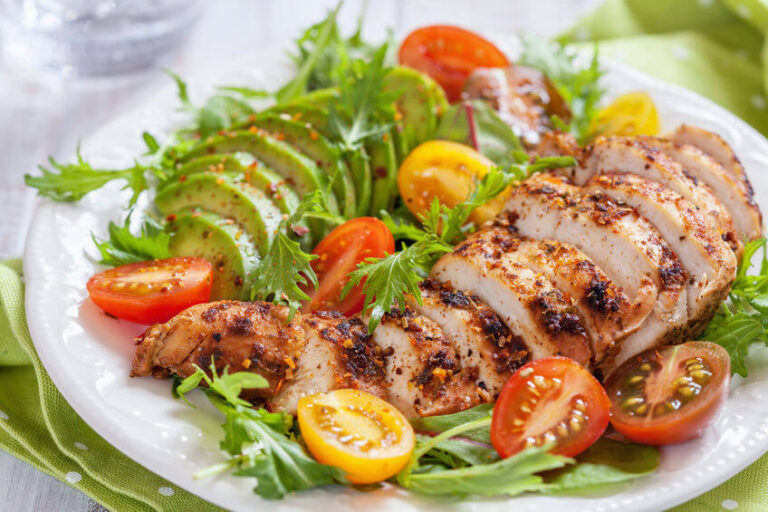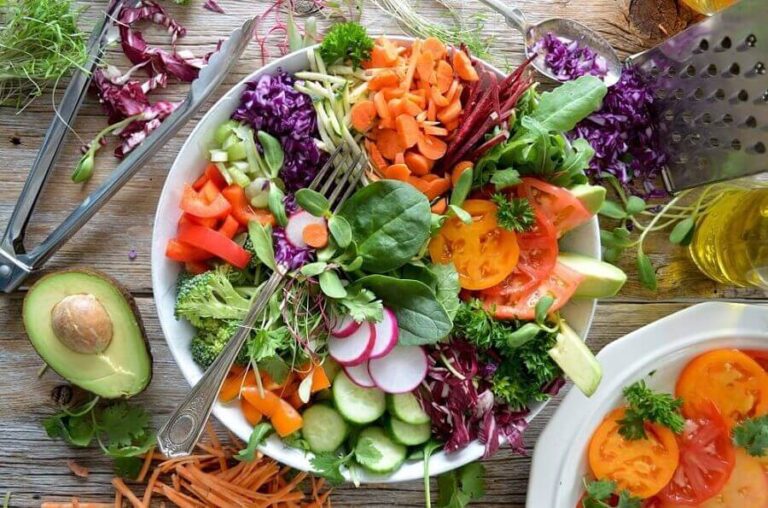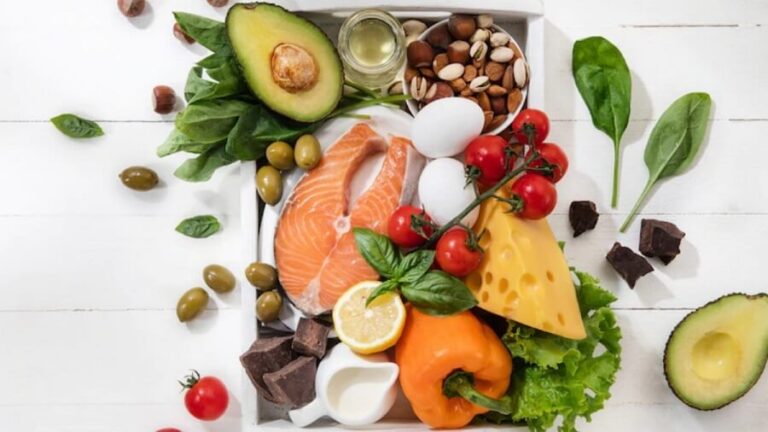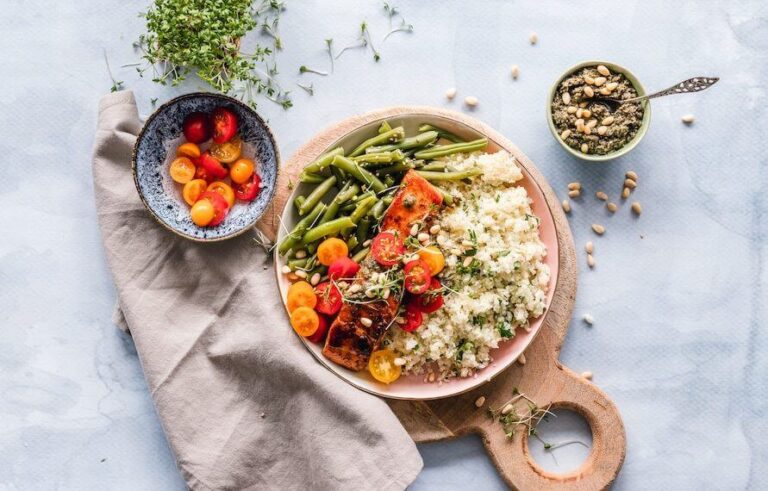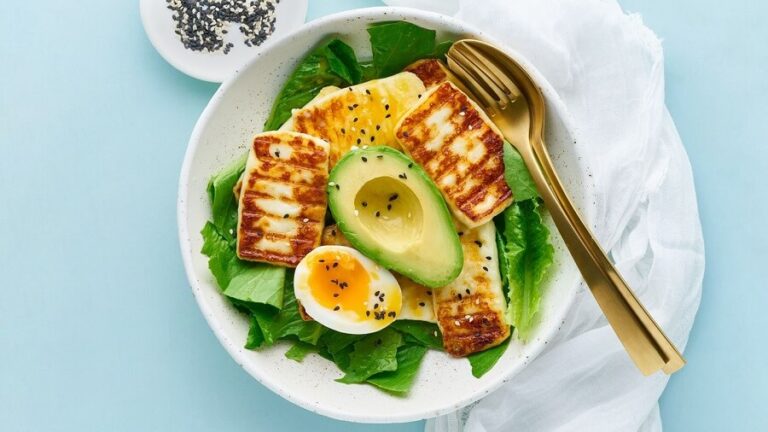In the second week of the ketogenic diet, you should have already started to lose weight. However, it is likely not only due to the loss of fat but also because you have eliminated fluids from your body.
Carbohydrates retain water, so limiting them from the diet can promote weight loss by eliminating the urine. Also, some mild side effects are likely to appear in the second week of the keto diet.
If you are a beginner on the ketogenic diet, don’t worry. This article outlines a strategy to minimize the side effects of the keto diet and a weekly menu so you can stay in ketosis in the healthiest way possible.
How do we minimize the side effects of the keto diet?
Although the ketogenic diet is considered safe for most people, it can have some side effects in the first few weeks. The body has an adaptation period known as the keto flu.
In the second week, you are likely to feel low energy, sleep disturbances, increased hunger pangs, frequent urination, dry lips, constipation, and nausea when looking at fatty foods. Also, if you are an athlete, you may feel less strength when training. To minimize these side effects, you can:
- Increase the amount of salt – electrolytes in meals
- Drink more water (2.8 L of water per day)
- Take magnesium (300 mg per day) and potassium (1000 mg per day) supplements
- Eat more vegetables and low-carb fiber foods for constipation
- take melatonin to sleep
- Lip sunscreen for dry lips
- If the effects persist – Go on a less strict low-carb diet for a few days
Keto diet for beginners – Weekly menu Phase 2
In the second week of the ketogenic diet, we will continue with a carbohydrate amount of close to 30. In this way, we will ensure ketosis and weight loss.
However, in the second week, you should add 500 mL of water with lemon, salt, mint leaves, and one sachet of stevia per day. And if it is within your reach, about 300 mg of extra magnesium in your diet. This is the best way to minimize side effects. The following describes the weekly menu for phase 2:
- Monday
- BREAKFAST: Keto coffee . 2 slices of bacon, one egg, half a tomato, 10 g of butter.
- MID-MORNING: Ham roll. Sugar-free chiclets
- LUNCH: Chicken salad (120 g of the breast) with celery, walnuts, and heavy cream.
- SNACK: Half avocado with Philadelphia cheese and walnuts. Chamomile tea
- DINNER: Meatballs with a sauce of fried tomatoes, basil, and shirataki noodles.
Carbohydrates: 29 g, Protein: 95 g, Fat 127 g
- Tuesday
- BREAKFAST: Green tea, keto pancake (2 eggs), coconut flour, cinnamon, and stevia.
- MID-MORNING: 1 stick of cheese.
- LUNCH: Pork chop with mustard. Cucumber, lemon, cabbage, and soy sauce salad. A handful of strawberries.
- SNACK: 1 Greek yogurt.
- DINNER: White fish with spinach (120 g). Half a cup of mushrooms, 10 mL of olive oil, and 40 g of lean cheese.
Carbohydrates: 36 g, Protein: 95, Fat 129 g
- Wednesday
- BREAKFAST: Greek yogurt with peanut butter and two unsweetened dark chocolate cubes.
- MID-MORNING: keto kale snacks.
- LUNCH: Chicken broth. Egg omelet (3 eggs), spinach (half a cup), 20 g of Parmesan cheese.
- SNACK: 1 cup of almond milk, black coffee.
- DINNER: 1 cup of vegetable broth. Tuna salad, lettuce, one tomato, and two hard-boiled eggs. 10 cc of sesame oil. ½ cup blueberries
Carbohydrates: 39 g, Protein: 97 g, Fat 129 g
- Thursday
- BREAKFAST: Scrambled eggs with half an avocado and coffee with coconut oil.
- MID-MORNING: 1 handful of nuts.
- LUNCH: Roast beef with a salad of eggs, peppers, and tomatoes.
- SNACK: Ketogenic shake.
- DINNER: 1 cup bone broth. Spinach tortillas. (3 eggs half a cup of spinach) and 10 g of butter. 1 cinnamon tea .
Carbohydrates: 34 g, Proteins: 90 g, Fat 120 g
- FridayBREAKFAST: Ham and cheese omelet with vegetables
- MID-MORNING: Fried zucchini chips
- LUNCH: Keto Bread Sandwich with Chicken and Spinach. 1 cup of strawberries. Green Tea.
- SNACK: 40 g of Nuts, 10 g of grated coconut, and Greek yogurt.
- DINNER: Burgers with cheddar cheese, tomatoes, and arugula leaves.
Carbohydrates: 41 g, Protein: 86 g, Fat 118 g
- Saturday
- BREAKFAST: Keto coffee with scrambled eggs.
- MID-MORNING: 2 slices of ham and 1 of cheese.
- LUNCH: Chicken breast with celery, leek, guacamole, and hot sauce.
- SNACK: 1 handful of macadamia nuts.
- DINNER: Roast meat with stuffed aubergines. 1 chamomile tea.
Carbohydrates: 33 g, Protein: 79 g, Fat 121 g
- Sunday
- BREAKFAST: White tea with coconut Greek yogurt and blueberries.
- MID-MORNING: 1 stick of cheese.
- LUNCH: Scrambled eggs with zucchini with black sesame seeds and soy sauce.
- SNACK: Keto cheesecake with black coffee.
- DINNER: Salad with shrimp, lemon, goat cheese, tomatoes, and walnuts.
Carbohydrates: 40 g, Protein: 95 g, Fat 126 g
Frequently asked questions when doing the ketogenic diet.
Here are a series of answers to frequently asked questions for beginners when doing the ketogenic diet:
How Much Weight Do You Lose When On The Ketogenic Diet?
Weight loss will depend on the initial conditions of a person. The higher the initial weight, the more chances of losing weight. However, it can be said that most people lose about 1.5 kg per week. Its effects are faster than other weight-loss diets. (1)
Can you increase muscle mass with the keto diet?
The keto diet is not recommended for building muscle mass. While it may be possible, its effects compared to other meal plans are minor. The keto diet is a suitable method for shedding body fat, not muscle growth.
Is the ketogenic diet dangerous?
Going on the ketogenic diet for short periods and including a good balance of vitamins, minerals, and healthy fats is safe. However, the ketogenic diet is not recommended for teens, type 1 diabetics, pregnant or breastfeeding. (2)
Once I start the keto diet, can I go back to eating carbs?
Reducing the number of carbohydrates is essential to start with. After the first few months and achieving significant weight loss, it is not necessary to restrict them to the maximum. If you spend a day consuming carbohydrates, nothing terrible will happen to your body.
I have bad breath, what can I do?
One of the effects of the ketogenic diet is bad breath. This is due to the presence of ketones in the mouth. To minimize this side effect, you can eat sugar-free gum, brush your teeth frequently, or use breath sprays during the day.
I started the ketogenic diet two weeks ago, and I have constipation, is it normal?
Constipation is a common effect of the ketogenic diet. This side effect can be minimized with the consumption of foods with fiber. If, after four weeks, the test does not pass with wheat bran, fiber supplement, or magnesium tablets.
What if in the second week of keto, I am very thirsty?
If you are very thirsty when doing the keto diet, it is likely due to the loss of water due to carbohydrates and a lack of electrolytes that retain the water you drink. You can prepare isotonic drinks without sugar (water, lemon, and salt) and drink more water to minimize this side effect.
ABSTRACT
Some side effects can appear in the second week of the ketogenic diet: dehydration and constipation are the most common.
To minimize these effects, you should increase your salt intake, prepare homemade isotonic drinks, and increase your intake of foods with fiber and low in net carbohydrates.
